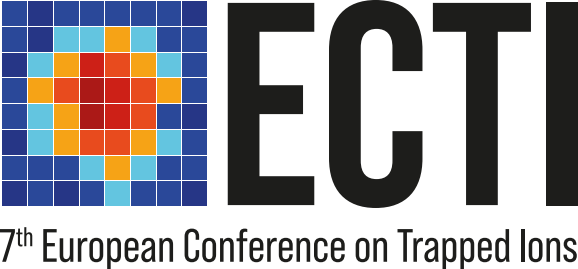Speaker
Description
Coulomb crystals, formed by cold trapped ions, represent a leading platform for realizing quantum processors, simulators, and constructing optical atomic clocks. The coupling between collective motion and internal degrees of freedom, resulting in quantum correlations, plays a pivotal role in achieving and enhancing these applications. However, at times, these quantum correlations can also manifest as bugs, unexpectedly complicating seemingly simple tasks. In this talk, I will present illustrative examples of both phenomena.
A bug associated with quantum correlations arises from the difficulty in transferring the well-established sideband thermometry method, designed for single ions, to cold Coulomb crystals without sacrificing accuracy due to the complex dynamics of many interacting particles. To address this challenge, I will present a systematic solution that can be applied to crystals of any size, eliminating computational bottlenecks. The successful application of this method for thermometry on cold crystals, including a 1D chain of 4 ions and a 2D crystal of 19 ions, has yielded promising results.
Conversely, a distinctive feature of quantum correlations is their potential, in principle, to enhance the stability of atomic clocks. Utilizing controlled quantum dynamics beyond spin-equilibrated states, ion traps offer a myriad of possibilities for creating specially designed correlated states and measurements. In this presentation, I will discuss the specific requirements in frequency metrology and present optimized protocols tailored for ion clocks.
Although these topics may seem distinct, they are conceptually and theoretically interconnected as both fall within the domain of estimation theory. This presents an opportunity to underscore the practicality of the available methodology and conceptual framework by utilizing these two specific applications in cold Coulomb crystals as illustrative examples.

